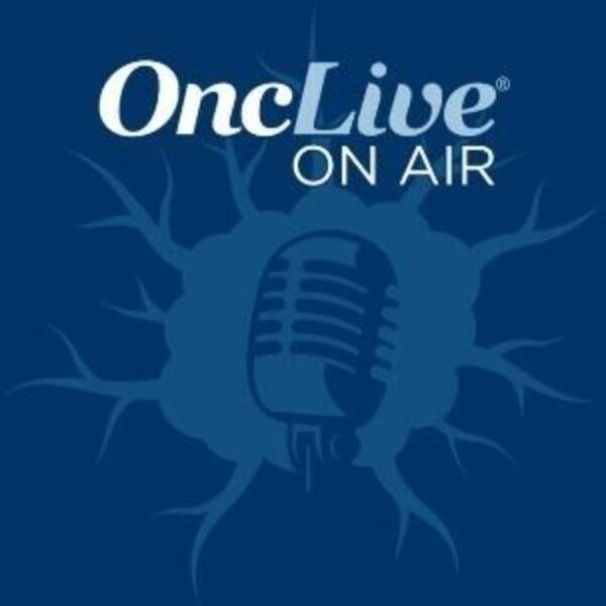Video
Practical Implications of CAR T-Cell Therapy
Transcript:
Anas Younes, MD: Safety, again. It’s a platform-based kind of side effects—the cytokine release syndrome and the neurotoxicities. And then depending on the grade and the severity—it’s a class effect regardless of what CAR T cell you use—you are going to see either/or. That’s why it is required for the commercial part that is initially to be used in specialized centers where there’s skilled resources from nursing, from physicians, for intensive care, and so forth. But is it manageable? It’s scary, especially for the patient’s family and the patient when they go through the side effects. But then, most of them are reversible.
So, I don’t know what the label would say for Novartis. We’ll have to wait and see. But it will be very good to have 2 products. It’s good for patients to have options and for physicians to have options. We’ll have to see what the indications are or how they will differentiate from each other. There’s no randomized trial comparing one over the other. They both seem to have good activities with similar side effect profiles.
If you have a patient, let’s say, with relapsed or refractory large cell lymphoma, who failed at least 2 prior regimens and you wanted to refer for CAR T-cell therapy, let’s say to our center, we work as a group to decide the eligibility, feasibility, and practicality. Is this patient a good candidate for a CAR T-cell therapy? Is he a candidate for autologous transplant if he didn’t have autologous transplant? Are there other options?
But let’s say a decision is made, as a group, that this patient is a candidate for CAR T-cell therapy. There’s a multi-step process. The first step is to collect their T cells through a process called pheresis, right? And then depending on the sponsor, let’s say if it is Kite, you have to send it to a certain center. If it’s Novartis, you send to another center. And it takes an average between 2 to 4 weeks to prepare the CAR T cells and send them back to you.
So, in the meantime, you may need to use some sort of treatment. It doesn’t have to be chemotherapy. It could be a small molecule, it could be an antibody, or it could be a combination of both to hold the disease, preferably shrink it a bit, before you give the patient back their CAR T cells. But before you give the CAR T cells back, about 5 days or so, you still have to give a different type of chemotherapy, what’s called a conditioning regimen. Most conditioning regimens are like a mild type of chemotherapy, but mainly what’s called lymphodepletion. This is to suppress the patient’s own T lymphocytes to allow the T cells to come in and work in a better environment.
Transcript Edited for Clarity








